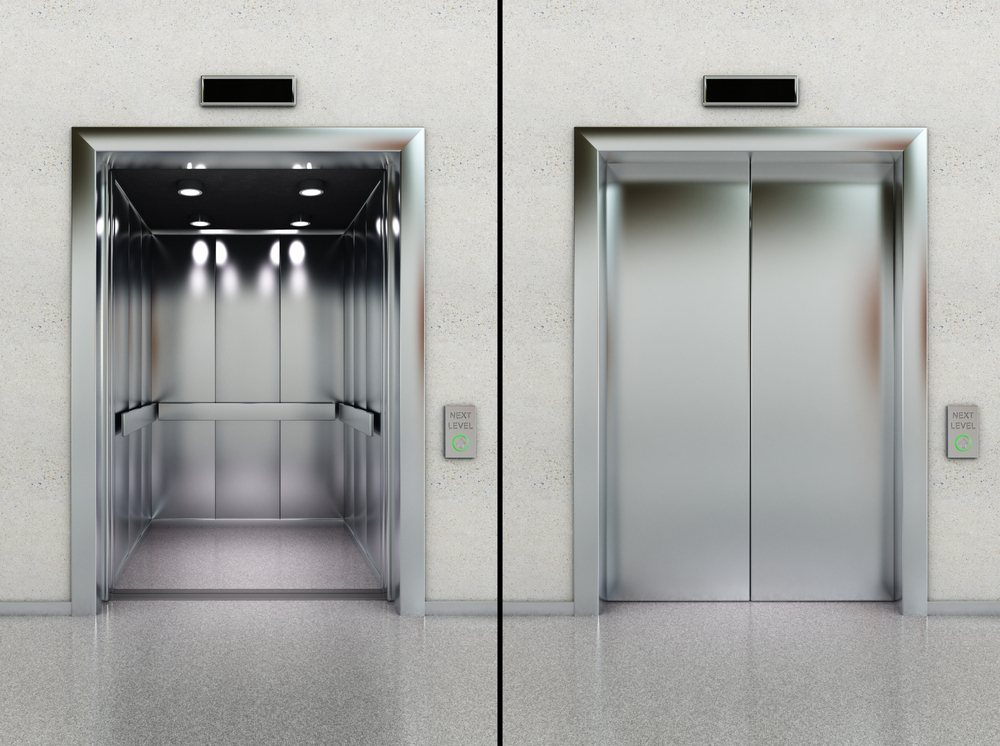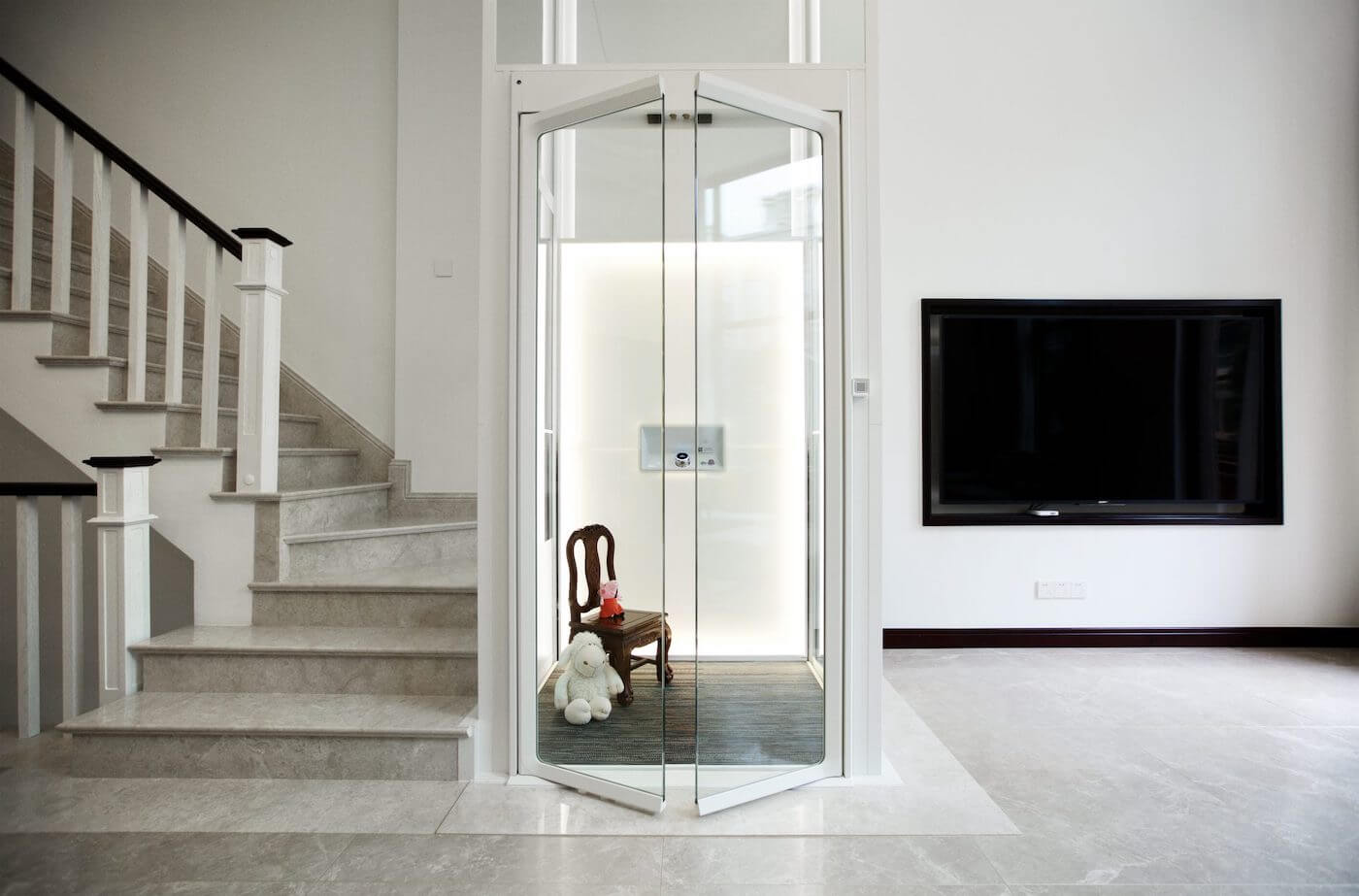Cost Effective Lift Repair Near Me: Expert Technicians at Your Solution
Cost Effective Lift Repair Near Me: Expert Technicians at Your Solution
Blog Article
Looking Into the Globe of Elevators: Typical Problems Dealt With by Various Lift Devices
As we browse through the vertical transportation systems of modern-day structures, elevators stand out as an indispensable part of our everyday lives. From hydraulic elevators to traction systems and machine-room-less layouts, each lift type comes with its set of typical issues.
Hydraulic Elevators
Hydraulic lifts, usually favored for low-rise buildings, use fluid stress to manage the activity of the lift cars and truck (lift repair companies). This device entails a hydraulic pump pressing oil right into a cylinder, triggering the elevator to move in the wanted instructions. While hydraulic elevators are understood for their smooth and peaceful procedure, they do feature their very own set of typical problems
One widespread trouble with hydraulic lifts is oil leak. The seals in the hydraulic system can wear in time, leading to oil seepage. This not only creates a mess however can additionally impact the elevator's performance if left unaddressed. Furthermore, issues with the control system, such as faulty shutoffs or a malfunctioning pump, can trigger disruptions in the elevator's activity.
Regular maintenance and timely repair work are vital to make certain the smooth functioning of hydraulic lifts. By addressing these common concerns proactively, structure owners can lessen downtime and guarantee the safety and effectiveness of their vertical transport system.
Grip Elevators
When considering upright transport systems in buildings, another typical kind apart from hydraulic lifts is the traction lift. Grip elevators run utilizing a system of ropes and counterweights that relocate the lift car by grasping onto the hoist ropes. This device enables smoother and much faster upright transportation contrasted to hydraulic systems.
One of the typical problems dealt with by traction lifts is rope wear. The constant motion of the ropes within the traction system can bring about use and tear in time, possibly creating the lift to breakdown or end up being unsafe for use. Routine evaluations and upkeep of the ropes are necessary to make certain the lift's proper functioning and safety and security.
Another problem that grip lifts may encounter is connected to the control system. Issues with the control system can cause problems such as irregular motion, hold-ups in reaction times, and even complete shutdowns. Regular testing and upkeep of the control system are crucial to stop such problems and make sure the lift's dependability.
Machine-Room-Less (MRL) Elevators

One of the vital elements of MRL elevators is the small gearless grip device that is set up within the hoistway. This device successfully drives the lift automobile without the requirement for cumbersome equipment found in conventional traction elevators. In addition, MRL lifts normally utilize a weight system to stabilize the vehicle, more boosting their energy performance.
Regardless of their benefits, MRL elevators may deal with difficulties associated with upkeep and repair as a result of the constrained space for equipment installment. Ease of access for servicing elements within the shaft can be limited, needing specialized training for technicians. Appropriate maintenance routines and routine assessments are crucial to ensure the continued smooth procedure of MRL lifts.
Overloading and Weight Limit Issues
Are elevators geared up to deal with excess weight loads efficiently and securely? Overwhelming and weight limit problems are vital issues in lift operations. Lift suppliers layout raises with details weight abilities to ensure passenger security and equipment long life. Going beyond these weight limitations can lead to numerous issues, including mechanical failings, delays, and safety and security dangers.
When elevators are overwhelmed, it places extreme stress on the motor, cables, and other components, possibly triggering failures or malfunctions. Safety and security devices such as sensing units and overload sensing units are in area to avoid lifts from relocating if they find excess weight. Furthermore, surpassing weight limits can result in raised power usage and deterioration on disabled platform lifts prices uk the lift system.
To mitigate straining problems, building supervisors need to prominently show weight limits in lifts and inform residents on the significance of sticking to these constraints - lift repair companies. Regular maintenance checks by qualified specialists can also aid guarantee that lifts are running within risk-free weight parameters. By attending to overloading and weight restriction problems proactively, building owners can boost elevator lift companies in London safety and performance
Electrical System Failures
Surpassing weight limits in lifts can not just result in mechanical issues however additionally potentially contribute to electrical system failings within the lift facilities. Electrical system failings are an important issue in elevator operation, as they can create unexpected shutdowns, malfunctions, or also safety hazards. One typical electrical problem is the overheating of components due to extreme current circulation triggered by straining the elevator beyond its capacity. This can bring about damage to the electric motor, electrical wiring, or control systems, resulting in pricey repairs and downtime.
Additionally, power rises or variations in the electric supply can also interrupt the lift's procedure, influencing its efficiency and safety and security. These electric disruptions can harm delicate elevator parts such as control board, circuit card, or sensors, resulting in system failings. Normal maintenance and evaluations are essential to identify and address possible electrical problems immediately, ensuring the risk-free and efficient procedure of lift systems. By adhering to weight limitations and conducting routine electric system checks, structure proprietors can minimize the threat of electrical failures in lifts.
Conclusion

Hydraulic elevators, usually chosen for low-rise structures, make use of fluid pressure to control the motion of the lift car.When taking into consideration vertical transportation systems in buildings, an additional common type apart from hydraulic lifts is the traction lift repair near me lift. Grip elevators operate making use of a system of ropes and counterweights that move the lift car by gripping onto the hoist ropes. Unlike conventional lifts that need a different device area to house the devices, MRL elevators incorporate most of the elements within the shaft, getting rid of the requirement for a committed maker area.In conclusion, elevators deal with usual problems such as hydraulic malfunctions, grip system failings, and electrical system troubles.
Report this page